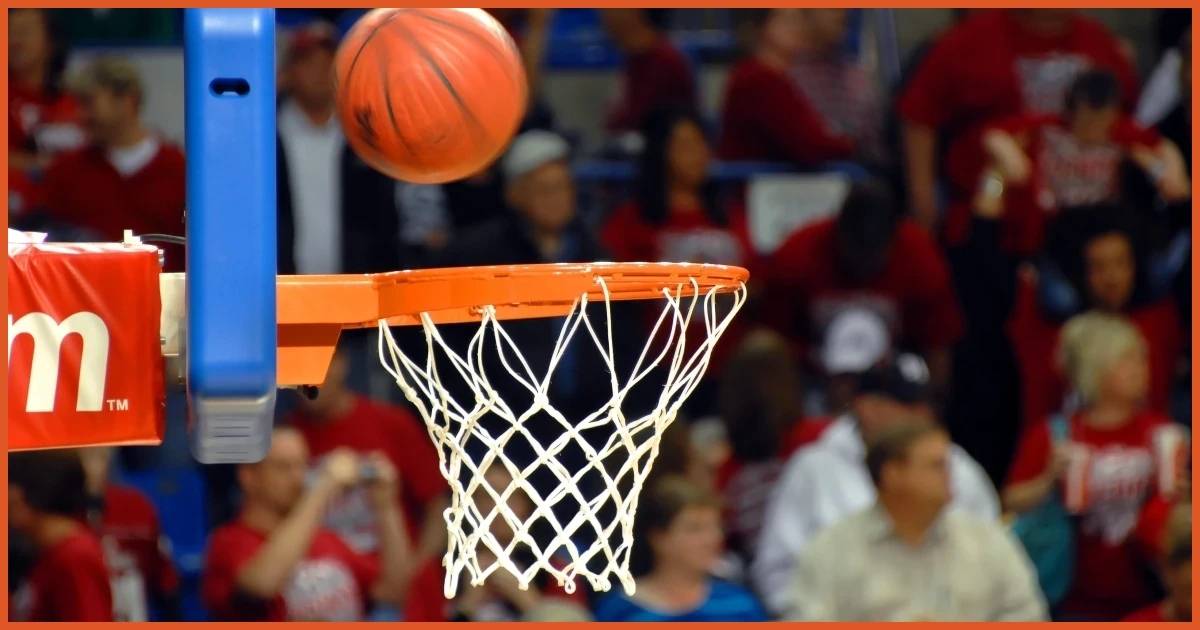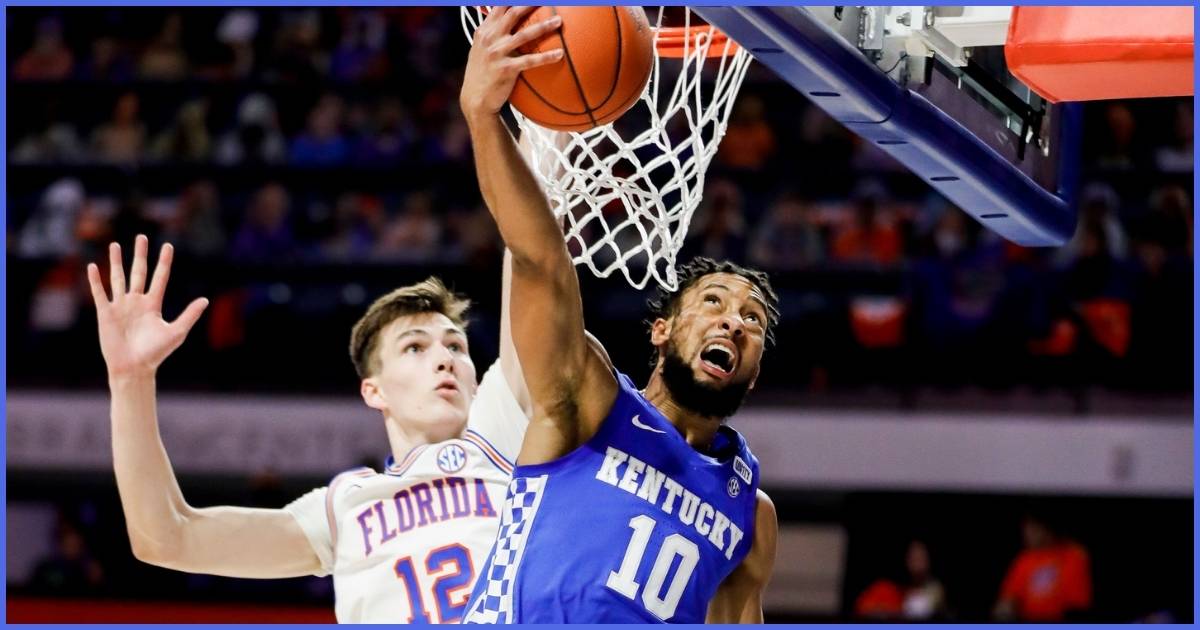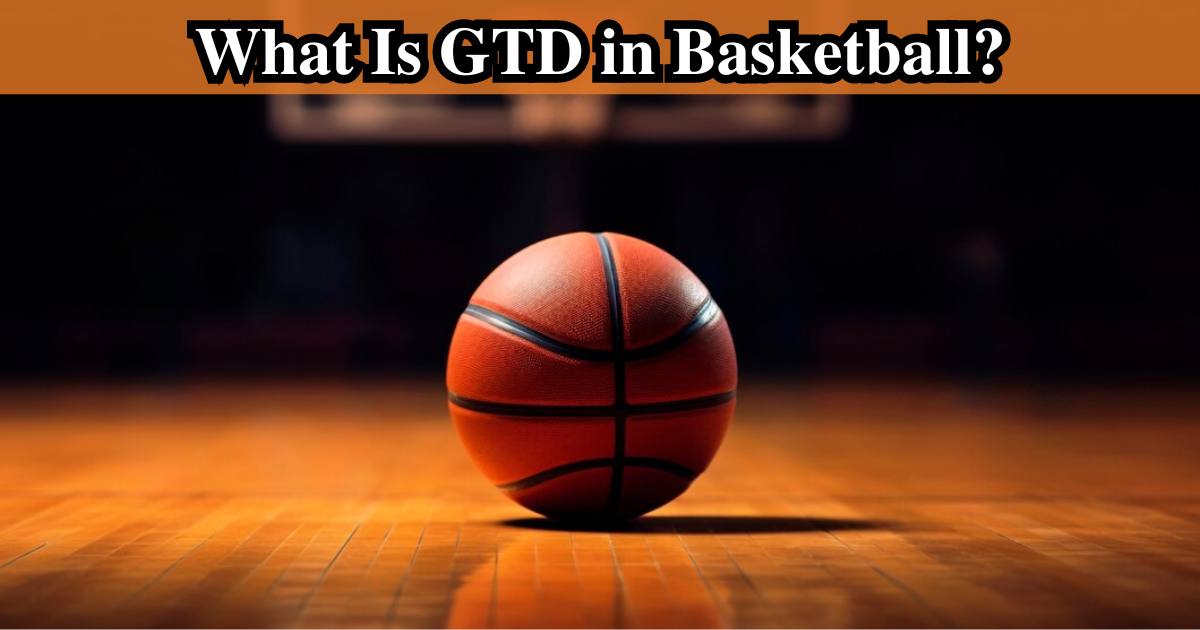GTD means Game-Time Decision in basketball. It’s used when it’s not clear if a player will play. This often happens if a player is slightly hurt. The team decides just before the game starts. GTD keeps everyone guessing until the last moment.
Think about getting ready to watch a game. Then you hear your favorite player might not play. That’s what GTD does. It creates excitement before the game even begins. Will the player be on the court or not? It’s like a mini-mystery in sports.
GTD affects more than just players. It changes how teams plan. Fans get nervous about it. Even people betting on games care about GTD. Coaches must be ready for anything. It’s a big deal in basketball, especially in the NBA. Knowing about GTD helps fans enjoy the game more.
Breaking Down GTD: More Than Just Three Letters

GTD isn’t just a fancy basketball word. It’s important info that can change how a game goes. When a player is GTD, it means the team doctors and coaches are still checking if they can play. This usually happens when a player has a small injury or is a bit sick. They might get better before the game, but no one knows for sure.
Everyone needs to understand GTD. For fans, it makes things more exciting before the game. Coaches have to make different plans in case the player can’t play or can only play a little. For players, being GTD is tough. They have to be ready to play but also focus on getting better.
GTD keeps everyone guessing. It’s a big part of basketball that affects the whole game. Knowing about GTD helps you understand what’s happening behind the scenes. It shows how tricky it can be to get ready for a basketball game.
The GTD Process: From Injury to Decision Time
The journey to a GTD status often starts with a player injury or health issue that occurs during practice, a previous game, or even off the court. These issues can happen during practice, in a past game, or even off the court.
When the team’s medical staff finds out about the issue, they start a detailed evaluation. This includes physical exams, imaging tests like MRIs or X-rays, and checking the player’s pain and movement.
As the game day gets closer, the player’s condition is watched carefully. The medical team works with the coaches to see if the player can play without making the injury worse. On the game day, the player does warm-up exercises to check if they’re ready. The final decision is usually made just a few hours or even minutes before the game starts.
GTD vs. Other Player Statuses: What’s the Difference?
While GTD (Game-Time Decision) is a common term in basketball, it’s not the only status you might see next to a player’s name. Understanding these statuses is crucial, especially for fans, fantasy league players, and bettors. Each status provides a different level of certainty regarding a player’s participation in the game.
| Status | Meaning | Likelihood of Playing |
| Out | Player will not play | 0% |
| Doubtful | Very unlikely to play | 25% |
| Questionable | 50/50 chance of playing | 50% |
| Probable | Likely to play | 75% |
| GTD | Decision made at game time | Unknown until game time |
GTD is unique because it leaves the decision open until the last minute. This uncertainty can significantly impact betting lines and fantasy basketball strategies, as managers must decide whether to risk playing a GTD player or choose a safer option.
The Ripple Effect: How GTD Impacts Game Strategy

When a key player is listed as GTD, it sends ripples through the entire team’s game plan. Coaches must prepare for multiple scenarios, considering how the team will perform both with and without the player in question.
This often leads to last-minute lineup rearrangements and adjustments to offensive and defensive strategies.
- Adaptability: Coaches must create flexible game plans to accommodate the presence or absence of the GTD player.
- Backup Preparedness: Backup players need to be ready to step into more significant roles if the GTD player is unable to participate.
- Play Adjustments: Offensive and defensive plays may need to be altered to adapt to the new lineup and maintain the team’s effectiveness.
- Increased Roles: Other players might have to take on additional responsibilities, such as increased scoring or ball-handling duties.
- Opposition Strategy: Opposing teams need to be prepared for different lineup configurations and adjust their strategy accordingly.
Famous GTD Moments in NBA History
The NBA has seen many dramatic Game-Time Decision (GTD) situations that have left a lasting impact. These moments often involve key players who are uncertain to play due to injuries but still manage to make a significant contribution to their team’s success.
Two notable instances include Kobe Bryant in the 2000 NBA Finals and Andre Iguodala in the 2016 NBA Finals. In both cases, the players overcame their injuries to deliver outstanding performances that were critical to their teams’ victories.
| Player | Year | Game | Injury | Performance | Outcome |
| Kobe Bryant | 2000 | NBA Finals | Ankle injury | Scored 28 points, leading the Lakers to a crucial victory | Lakers won the series |
| Andre Iguodala | 2016 | NBA Finals | Back issues | Played 38 minutes, made key defensive plays | Warriors secured championship |
These moments highlight the resilience and determination of NBA players, showcasing their ability to overcome obstacles and perform under pressure.
GTD in the Age of Load Management
In recent years, the concept of GTD has intersected with the trend of load management in the NBA. Load management refers to the practice of resting players, particularly stars, during regular-season games to keep them fresh for the playoffs.
This has led to some controversy, as fans may buy tickets expecting to see their favorite players, only to find out they’re sitting out for rest.
The NBA has responded by implementing stricter rules about reporting player statuses. Teams are now required to provide more transparent and timely information about player availability, which has made the GTD status even more crucial for fans and analysts to monitor.
GTD: A Fan’s Survival Guide
As a basketball fan, knowing how to navigate GTD situations can enhance your viewing experience and even give you an edge in fantasy leagues. Here are some tips:
- Stay informed: Follow team social media accounts and reputable sports news sources for the latest updates on player statuses.
- Be flexible: If you’re a fantasy basketball manager, have a backup plan ready for GTD players.
- Understand the context: Consider factors like the importance of the game and the player’s history when evaluating a GTD status.
- Don’t jump to conclusions: Remember that GTD doesn’t always mean a player won’t play – sometimes they end up having great games!
Read More:
Final Thoughts
In the world of basketball, GTD is more than just a status – it’s a reminder of the unpredictable nature of sports. It adds an element of drama and excitement to every game, keeping fans on the edge of their seats until the very last minute.
Whether you’re a casual viewer or a die-hard NBA fan, understanding GTD can deepen your appreciation for the game and the challenges teams face every time they step onto the court.
So next time you see GTD pop up next to your favorite player’s name, you’ll know exactly what it means and why it matters. It’s not just about whether a player will suit up – it’s about the strategy, preparation, and adaptability that make basketball such a thrilling sport to watch and follow.

I am a web content writer with 4 years of experience. I share insights and expertise on various topics through my personal blog, “haadizone.com,” covering a wide range of global content.

